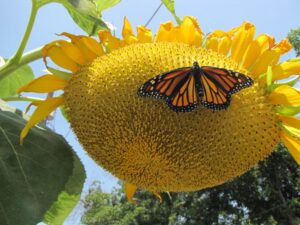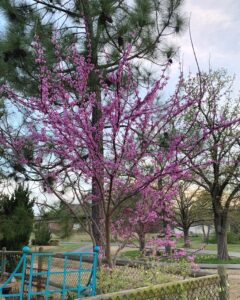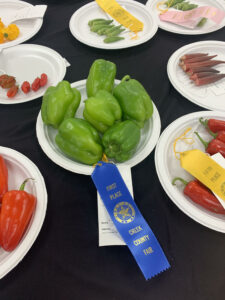Kathy Berryhill
Creek County Master Gardener
Sunny days are a welcome sight for our gardens as we have had a very soggy month of May. But according to Mesonet.org we had still slightly less rainfall for that time period. Most of my plants are thriving but I did lose a bed of daylilies due to the soggy ground. Many yards in our area have clay soil which impedes drainage and can’t absorb the water quickly enough. So what do our gardens need now that we can be outside? Here’s some reminders for June gardeners.
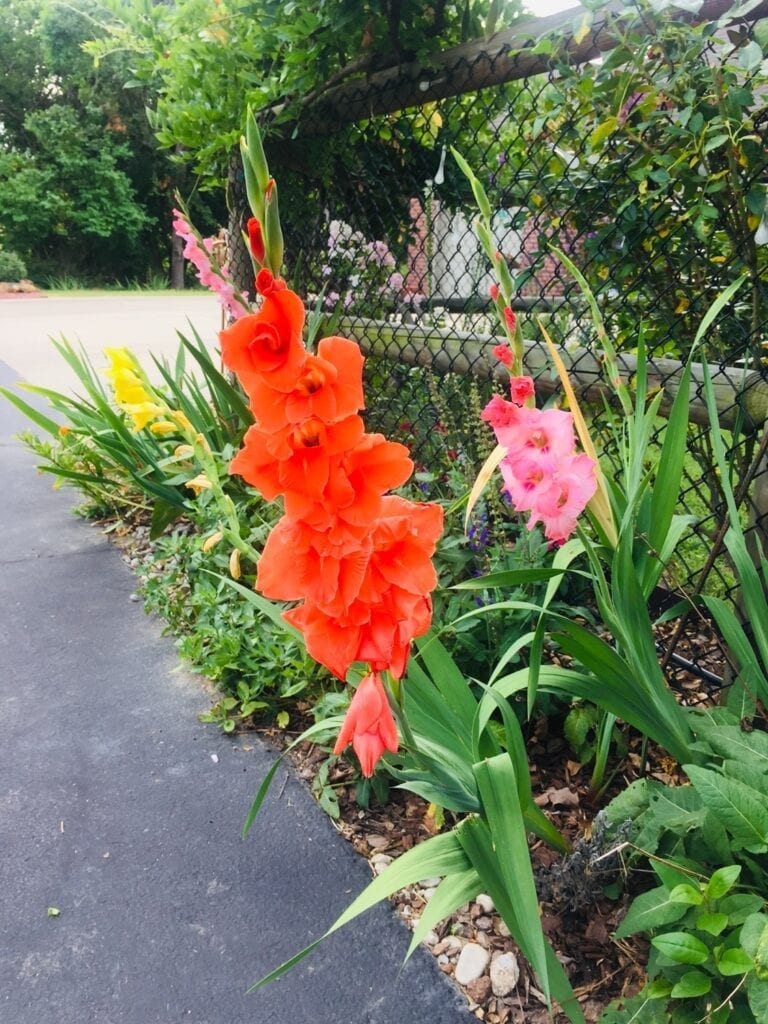
Observe: Look for yards that have pleasing landscapes and note which ones are thriving. This is a great way to see what grows well in our climate. The Creek County Master Gardener’s Garden Tour on June 19th includes four yards that can provide ideas and inspiration. The tour will be open 9 AM-2 PM. Addresses include: 129 W Cleveland, 1601 E Dewey Ave, 1415 E Lincoln and 1717 Valley Road. Tickets ($5) can be purchased at any site.
Mulching: As warmer weather arrives, the soil will begin to dry. Organic mulches such as pine bark or cypress mulch should be applied around plants and young trees to help retain moisture and provide weed control. Avoid crowding the stem or trunk with mulch to help prevent disease. Don’t mulch bearded irises as it tends to promote rotting.
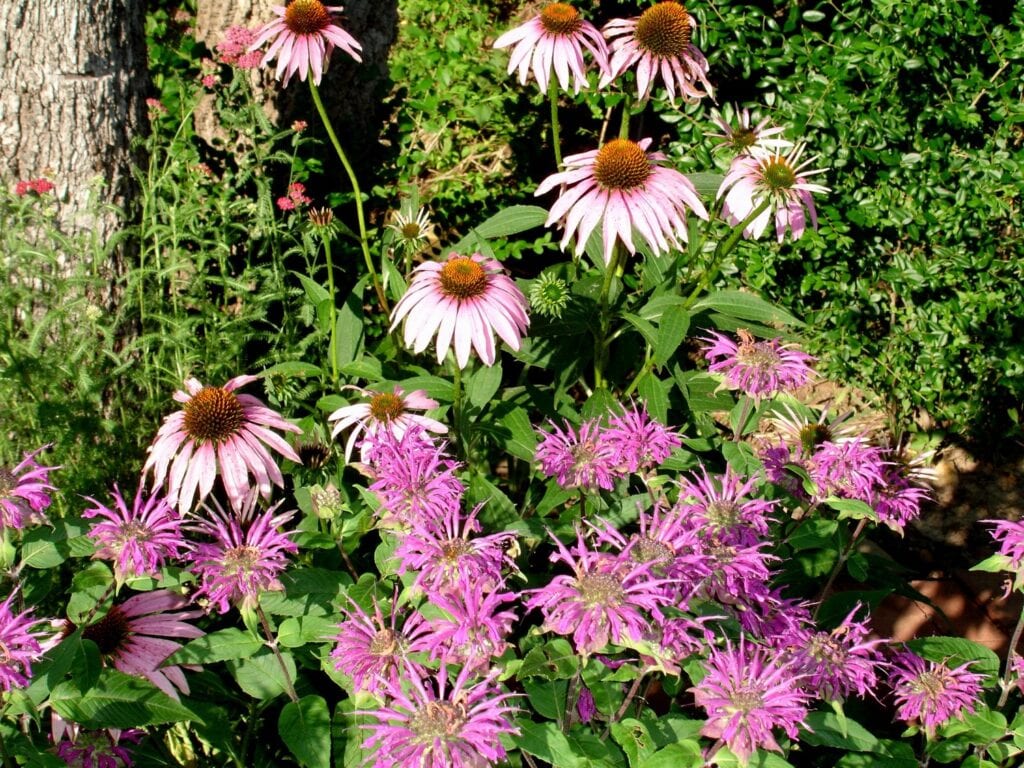
Planting: End of the season sales are starting at area garden stores. Plants need to be well established before the summer heat begins. Add periwinkle. begonias, pentas, caladiums, elephant ears, cannas, dahlias and gladiolus as accents.
Lawns: Fertilize warm-season Bermuda and zoysia lawns with a nitrogen dominant fertilizer (follow package directions). Dethatch the lawn if heavy lawn clippings are present. Aerate if the soil is compacted. Reseed or place sod in bare spots. Mow lawns to the height of 2 1/2’”, but always limit the cut to 1/3 of the existing height. Apply post-emergent Crab Grass control.
Roses: Due to the amount of moisture we have had, roses will be susceptible to yellow spot and mildew and fungus. Continue feeding roses monthly to develop healthy plants. Some systemic fertilizers contain yellow spot/fungus control along with the fertilizer. Systemic refers to a product that is applied to the soil to be absorbed by the plant and is highly effective. Prune roses to allow for good airflow between the branches.
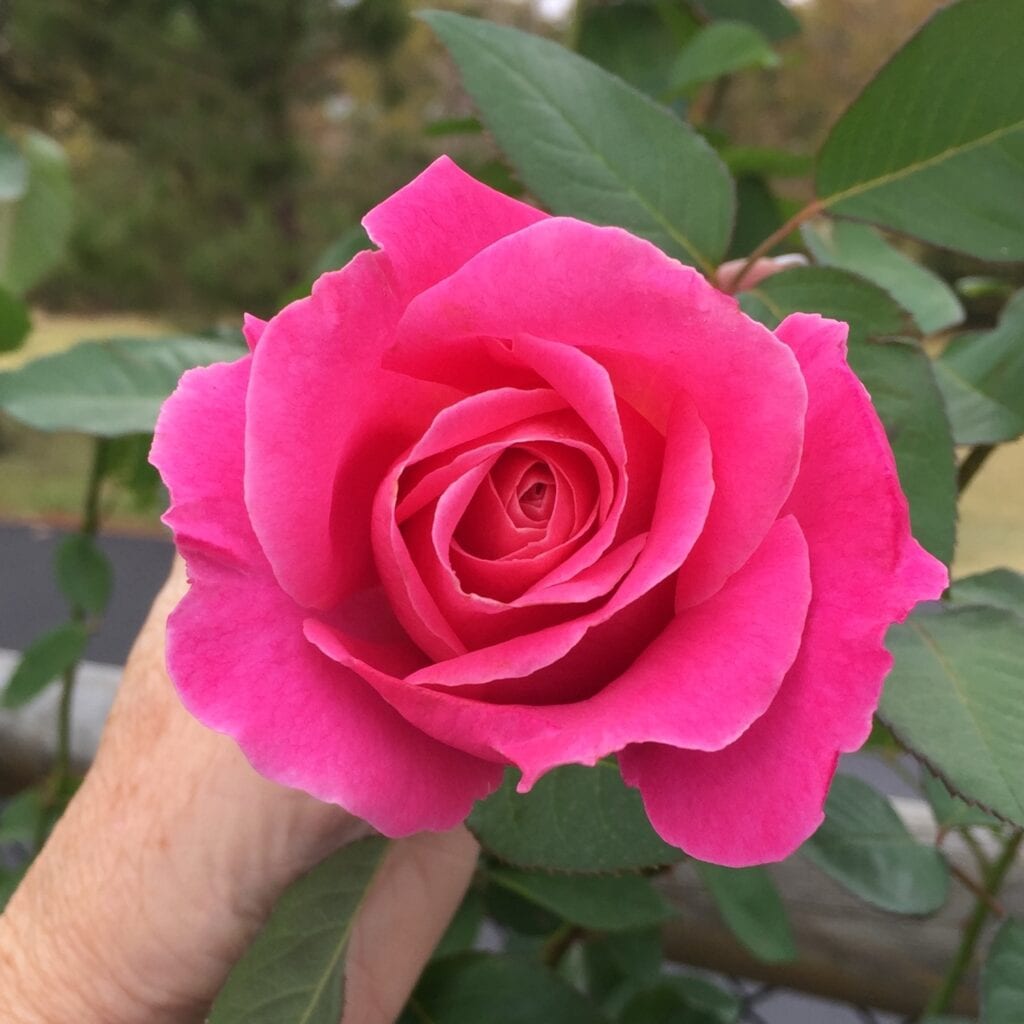
Pruning: To tidy up beds, cut back seed heads from annuals and perennials after blooming. This will promote additional blooms, help maintain the plant’s shape and control rampant reseeding of perennials.
Bagworm Control: Apply spray for bagworms control on evergreens, junipers and other trees and shrubs.
Watering: As our soil dries, check frequently on beds, flowerpots, trees, shrubs and lawns for moisture needs. Most plants and turf require 1 inch or more of water per week during the summer. Flowerpots can dry out quickly though so will need more frequent watering.
Vegetables: Vegetables can still be purchased and planted (corn, beans, peppers, eggplant, tomatoes, squash, pumpkins, etc.) Water well while they are being established. Fertilize as needed. Some gardeners tap their tomato plants regularly to encourage good pollination.
These chores and many more make this a busy month for gardeners. But as we know, the payoff will be worth it! Happy Gardening.


